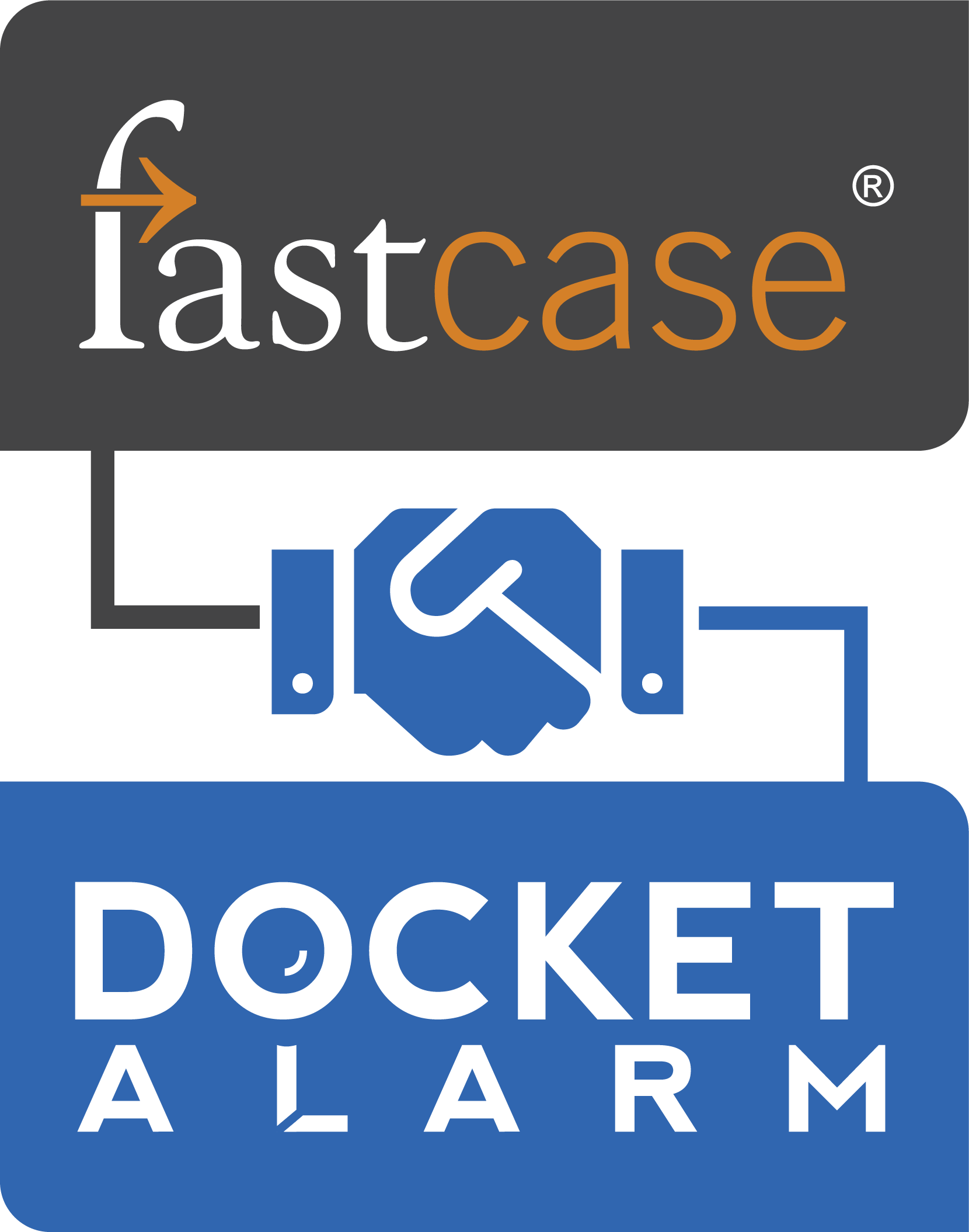
`
`Defense Privacy, Civil Liberties,
`
`and Transparency Division
`
`U.S. Department of Defense
`
`Search DPCLD:
`. Home
`■ Privacy.
`■ About the Office
`■ SORNs
`
`Privacy Contacts
`■ Resources
`. Privacy Act Request
`
`Authorities and Guidance
`■ Matching Agreements
`
`. Privacy Impact Assessments
`■ Civil Liberties
`■ About the Office
`■ Resources
`
`. Authorities and Guidance
`
`. Media
`
`. Reports
`
`. Department of Defense
`■ Contact
`
`PRIVACY About the Office
`
`Authorities & Guidance
`
`ID Theft Resources
`
`Privacy POCs
`
`WIZ, Inc. EXHIBIT - 1105
`WIZ, Inc. v. Orca Security LTD.
`
`01
`
`
`
`FREQUENTLY ANSWERED QUESTIONS
`
`Below are some questions commonly asked of the DoD Privacy Office.
`
`• What is personally identifiable information (I
`
`)?
`
`• What are examples of personally identifiable information (E)?
`
`• What are the risks if personally identifiable information (PII) is misused?
`
`• Why should I be interested in the Privacy Act?
`
`• What information is covered under the Privacy Act?
`
`• What is a System of Records?
`
`• What is a System of Records Notice (SORN)?
`
`How does the government inform the public about personally identifiable information OM being held in its records systems that are covered by the Privacy Act?
`
`• Who can I contact if I have additional questions about the privacy of my information?
`
`What does it mean when a system of record notice refers to a routine use?
`
`• How will I know if an incident has possibly occurred that resulted in a significant compromise of my.personally identifiable information (F )?
`
`• What do I do if I receive a letter from DoD that my_personally identifiable information (F1) has been or may have been compromised?
`
`• What should I do if I suspect my identity has been stolen?
`
`• Where can I read more about federal information privacy requirements?
`
`• What is a Privacy Act Statement (PAS)?
`
`• What does a Privacy Act Statement tell me?
`
`• What is the DPCLD (Defense Privacy & Civil Liberties Division)?
`
`What role does DPCLD play in protecting civil liberties and privacy rights?
`
`• What type of issues does DPCLD work on?
`
`What is personally identifiable information (PII)?
`
`Personally identifiable information (PII) is any information that can be used to distinguish or trace a person's identity.
`
`Back to Top
`
`What are examples of personally identifiable information (PII)?
`
`Examples of personally identifiable information (PII) include :
`
`• Social security number (SSN), passport number, driver's license number, taxpayer identification number, patient identification number, and financial account or credit
`
`02
`
`
`
`card number
`
`Personal address and phone number
`■ Biometric records such as photographic image (especially of face or other distinguishing characteristic), x-rays, fingerprints, retina scan, voice signature, facial
`geometry
`
`Information that when combined with other information like that listed above which can then be used collaboratively to identify a specific individual. For example, date
`of birth, place of birth, race, religion, geographical indicators, employment information, medical information, education information, financial information.
`
`Back to Top
`
`What are the risks if personally identifiable information (PII) is misused?
`
`Both the individual whose personally identifiable information (PII) was the subject of the misuse and the organization that maintained the PII may experience some
`degree of adverse effects. Depending on the type of information involved, an individual may suffer social, economic, or physical harm resulting in potential loss of life,
`loss of livelihood, or inappropriate physical detention. If the information lost is sufficient to be exploited by an identity thief, for example, the person may suffer from a loss
`of money, damage to credit, a compromise of medical records, threats, and/or harassment. The individual may also suffer tremendous losses of time and money to
`address the damage. Other potential harms which may result from the compromise of an individual's PII include embarrassment, improper denial of government
`benefits, blackmail, and discrimination.
`
`Likewise, organizations may experience harm as a result of a loss of PII maintained by the organization. Harm may include administrative burden, remediation costs,
`financial losses, loss of public reputation and public trust, and legal liability.
`
`Back to Top
`
`Why should I be interested in the Privacy Act?
`
`The Privacy Act of 1974 as amended at 5 U.S.C. 552a, is a code of fair information practices which mandates how Federal agencies, like the Department of Defense,
`maintain personally identifiable information (PII), i.e., records that uniquely identify you. The basic provisions of the Act require government agencies to:
`
`■ collect only information that is relevant and necessary to carry out an agency function;
`
`maintain no secret records on you;
`■ explain, at the time the information is being collected, why it is needed and how it will be used;
`
`ensure that the records are used only for the reasons given, or seek your permission when another purpose for their use is considered necessary or desirable;
`■ provide adequate safeguards to protect the records from unauthorized access and disclosure;
`■ allow you to see the records kept about you and provide you with the opportunity to correct inaccuracies in your records,
`
`allow you to find out about disclosures of your records to other agencies and persons.
`
`The Privacy Act prohibits disclosure of these records without the written consent of the individual(s) to whom the records pertain unless one of the twelve disclosure
`exceptions enumerated in the Act applies. These records are held in Privacy Act 'systems of records' A notice for each such system of records is published in the
`Federal Register. These notices identify the legal authority for collecting and storing the records, individuals about whom records will be collected, what kinds of
`information will be collected, and how the records will be used.
`
`The Privacy Act binds only Federal agencies, and covers only records in the possession and control of Federal agencies.
`
`03
`
`
`
`What information is covered under the Privacy Act?
`
`Only information held within a Federal agency's systems of records is protected under the Privacy Act.
`
`Back to Top
`
`Back to Top
`
`What is a System of Records?
`
`A system of records (SOR) is a group of records under the control of a Federal government agency from which personal information about an individual is retrieved by
`the name of the individual, or by some other identifying number, symbol, or other unique identifier.
`
`Back to Top
`
`What is a System of Records Notice (SORN)?
`
`A system of records notice (SORN) is a description of any Privacy Act system of records. SORNs generally describe the 'who, what, where, and why' of a system and
`describe the processes for individuals to access or contest the information being held on them in that system. SORNs are required to be published in the Federal
`Register for a period of public comment before the system data collection (paper based or electronic) is started.
`
`Back to Top
`
`How does the government inform the public about personally identifiable information (PII) being held in its records systems
`that are covered by the Privacy Act?
`
`The government informs the public about record systems covered by the Privacy Act by publishing notices in the Federal Register. These are called ys stem of records
`notices (SORNs).
`
`Back to Top
`
`Who can I contact if I have additional questions about the privacy of my information?
`
`If you have additional questions about the privacy of your information, you can contact the Privacy Officer at the DoD Component holding your information. A list of DoD
`Component privacy officers and their contact information can be found
`
`Back to Top
`
`What does it mean when a system of record notice refers to a routine use?
`
`A routine use is an agency-approved circumstance in which a record may be shared outside of the Department of Defense (DoD) in accordance with the purpose for
`which the information was collected and maintained by DoD. The routine use must be included in the published notice for the system of records involved.
`
`Back to Top
`
`04
`
`
`
`How will I know if an incident has possibly occurred that resulted in a significant compromise of my personally identifiable
`information (PII)?
`
`If DoD suspects your personally identifiable information (PII) has been significantly compromised, you will be notified in writing. The notification will describe the specific
`data involved, the facts and circumstances surrounding the incident, the protective actions DoD is taking or you can take to mitigate against potential future harm as well
`as a point of contact for additional information.
`
`Back to Top
`
`What do I do if I receive a letter from DoD that my personally identifiable information (PII) has been or may have been
`compromised?
`
`If you receive a notification from DoD that there has been an actual or suspected compromise of your personal information, directly contact the office sending the letter.
`Note that you should never give out your personal information, such as a Social Security number or financial account number over the phone unless you are certain that
`you are speaking with an official DoD representative. If you have any concerns over the authenticity of such a notice, contact the specific privacy office to verify.
`
`Back to Top
`
`What should I do if I suspect my identity has been stolen?
`
`Mitigating the harms of identity theft can be a complicated process, and time can be of the essence. For information on specific steps to be taken in response to identity
`theft, see the Federal Trade Commission's website, and our guide for responding to identity theft.
`
`Where can I read more about federal information privacy requirements?
`■ Office of Management and Budget — Privacy Related Memoranda
`
`• Department of Justice - Office of Privacy and Civil Liberties
`
`• Federal Trade Commission - Identity Theft
`■ Department of Health and Human Services — Health Insurance Portability and Accountability Act (HIPAA) Privacy Rule
`
`Back to Top
`
`Back to Top
`
`What is a Privacy Act Statement (PAS)?
`
`When a Federal agency requests that you provide personal information (name, date of birth, social security number, etc) for a system of records, regardless of the
`method used to collect the information (i.e., forms, personal or telephonic interview, etc), a Privacy Act Statement (PAS) is required. If the information requested will not
`be included in a system of records, a PAS is not required.
`
`Back to Top
`
`05
`
`
`
`What does a Privacy Act Statement tell me?
`
`In general the Privacy Act Statement describes
`
`Authority. The Federal law or Executive Order that allows the collection.
`
`Purpose. How the collected information will be used.
`■ Routine Uses. Agency approved circumstances in which a record may be shared outside of the agency in accordance with the purpose for which the information
`was collected and maintained by the agency.
`■ Disclosure. Whether or not the disclosure of information is "Voluntary" or "Mandatory". It is only appropriate to cite "Mandatory" when a Federal Law or Executive
`Order of the President specifically imposes a requirement to furnish the information and provides a penalty for failure to do so. If furnishing information is a condition
`for granting a benefit or privilege voluntarily sought by the individual, it is voluntary for the individual to give the information.
`
`Back to Tog
`
`What is the DPCLD (Defense Privacy & Civil Liberties Division)?
`
`The DPCLD combines DoD's Defense Privacy Office, which was created in 1975 to implement the Privacy Act of 1974, and the Civil Liberties Office, which was created
`in 2009 to implement the Implementing Recommendations of the 9/11 Commission Act of 2007.
`
`The mission of the office is "To implement the Department of Defense's Privacy and Civil Liberties programs through advice, monitoring, official reporting, and training."
`
`Back to Tog
`
`What role does DPCLD play in protecting civil liberties and privacy rights?
`
`DPCLD assumes an active role in protecting the civil liberties and privacy rights of U.S. Armed Forces service members, the DoD workforce, U.S. persons, and lawfully
`admitted aliens. DPCLD advises the Department of Defense's senior leadership on issues impacting privacy and civil liberties, including the proposed development of
`new policies, programs and activities. In addition, DPCLD is proactive in making available information papers and training for the DoD workforce to educate key decision
`makers on the privacy and civil liberties implications of DoD actions.
`
`What types of issues does DPCLD work on?
`■ Cyber vetting
`■
`
`Information sharing
`
`Self-radicalization / Internal Threat Identification & Tracking
`■ Don't Ask, Don't Tell
`
`Privately Owned Weapons on Military Installations
`■ Social media and networking
`
`Back to Top
`
`IZInle 1." Mr.
`
`06
`
`
`
`Loa.r. LV I lItt
`
`ABOUT THE OFFICE
`
`DoD Federal Privacy Rule
`
`Mission and Functions
`
`Principles
`
`Leadership
`
`Organization
`
`Point of Contact
`
`AUTHORITIES AND GUIDANCE
`
`SYSTEM OF RECORDS NOTICES
`(SORNs)
`
`PRIVACY IMPACT ASSESSMENTS
`
`MATCHING AGREEMENTS
`
`RESOURCES
`
`PRIVACY CONTACTS
`
`FREQUENTLY ASKED QUESTIONS
`(FAQs)
`
`CIVIL LIBERTIES
`
`IN THE NEWS
`
`CONTACT DPCLD
`
`07
`
`
`
`■ About DoD
`
`■ News
`
`■ Photos 84 Videos
`
`■ Military/DoD Websites
`
`■ Plain Writing Page
`
`■ Contact
`
`■ DoD Inspector General
`
`■ Link Disclaimer
`
`■ Recovery Act
`
`■ FOIA
`
`■ USA.gov
`
`■ No FEAR Act
`
`■ Join the Military
`
`■ DoD Careers
`
`■ Privacy
`
`ri .
`
`■ Web Policy
`
`■ DoD Section 508
`
`■ Open Government Page
`
`■ Site Map
`
`08
`
`




